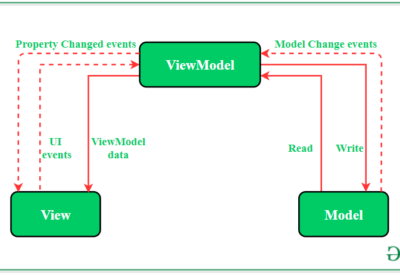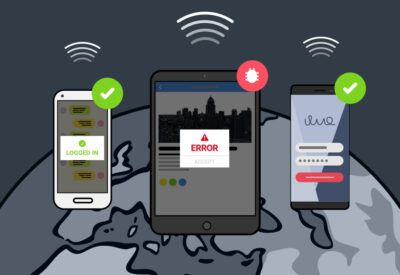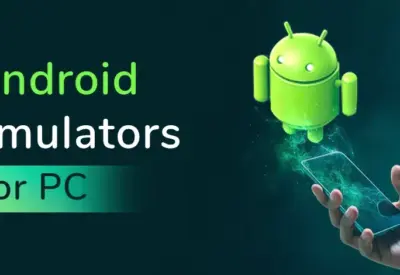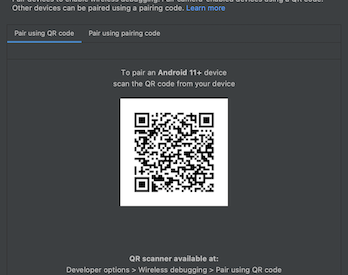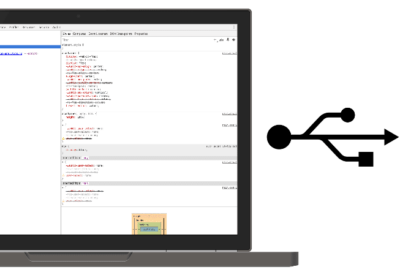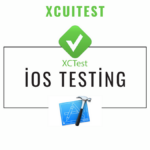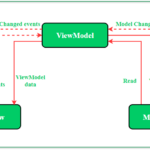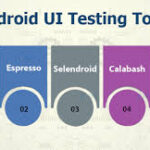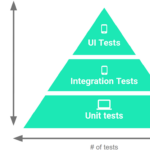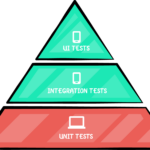The Model-View-ViewModel (MVVM) architecture has become a popular choice among Android developers due to its separation of concerns, ease of testing, and ability to scale. By dividing your application into distinct layers, MVVM helps manage UI-related data in a lifecycle-conscious…
OPPO phones, renowned for their stylish designs and advanced features, are a significant player in the Android market. However, their unique ColorOS customizations and specific hardware configurations can sometimes lead to unexpected crashes in Android applications. If your Android app…
Xiaomi phones, known for their affordability and robust features, have become immensely popular worldwide. However, their unique MIUI customizations and hardware configurations can sometimes lead to unexpected crashes in Android applications. If your Android app is crashing on Xiaomi devices,…
In the dynamic world of mobile app development, debugging tools are indispensable. They help developers diagnose, fix, and enhance the performance of applications. With an array of options available, choosing the right tool can be daunting. Here’s a comprehensive look…
In the fast-evolving world of mobile app development, efficient testing environments are crucial for ensuring high-quality, bug-free software. Android emulators play a pivotal role in this process by allowing developers to simulate a variety of devices, screen sizes, and operating…
Requirements for Wireless Debugging Ensure that your workstation and device are connected to the same wireless network. Your device must be running Android 11 (API level 30) or higher for phones or Android 13 (API level 33) or higher for…
Why Android Remote Debugging is Crucial for Remote Devices In today’s fast-paced digital world, ensuring that applications run smoothly on a wide range of devices is paramount for developers. Android remote debugging has emerged as a critical tool, especially when…
